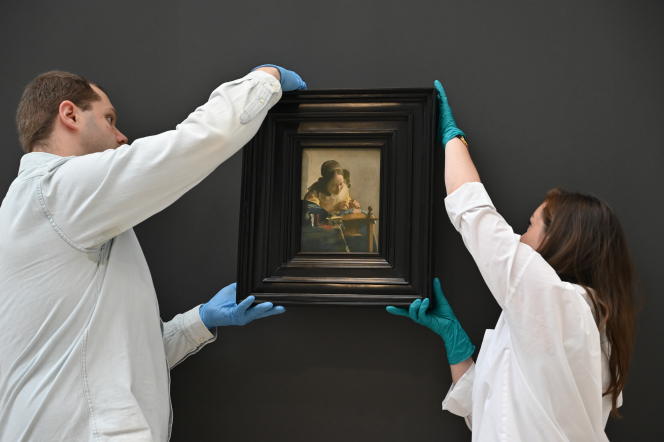Vermeer's Lacemaker Will Join the Louvre-Lens for One Year

In 2022, the Louvre Museum lent the iconic artwork "The Seated Scribe," a masterpiece from the Department of Egyptian Antiquities, to the Louvre-Lens to celebrate the 10th anniversary of the Louvre-Lens museum. A year later, the Louvre reaffirms its commitment to the Louvre-Lens by loaning "The Lacemaker" (1670-1671), a masterpiece by Johannes Vermeer.
After being presented in the Vermeer exhibition at the Rijksmuseum in Amsterdam, this iconic painting joins the Galerie du Temps at the Louvre-Lens, offering itself to the eyes of all visitors from June 28, for nearly a year.
"The Lacemaker," an icon by Johannes Vermeer Alongside "The Milkmaid" and "Girl with a Pearl Earring," is one of the three most famous masterpieces by the artist.
Created in the later period of Johannes Vermeer's career, this small oil painting on canvas depicts a popular subject in Delft during the 1660s-1670s: a lacemaker, a young affluent woman engaged in her daily work inside her home. Perhaps aided by a camera obscura, an optical device that assists in capturing a subject, Vermeer creates an image centered on the model, introduced through a succession of planes, wherein the play of light enhances the composition. The painter employs precise focal effects to define certain details while leaving other areas more blurred. The treatment of the colored threads coming out of the sewing cushion has an astonishing appearance, resembling melted wax. The dominant bluish hue of the foreground highlights the young woman depicted in warm tones against the gray and neutral background of the bare wall. The furniture and accessories are not mere anecdotes but significant subjects.
The Lacemaker is one of Vermeer's smallest paintings, which allows the artist to showcase his virtuosity. Among all his works, it is the one where the effect of concentration is most pronounced.
